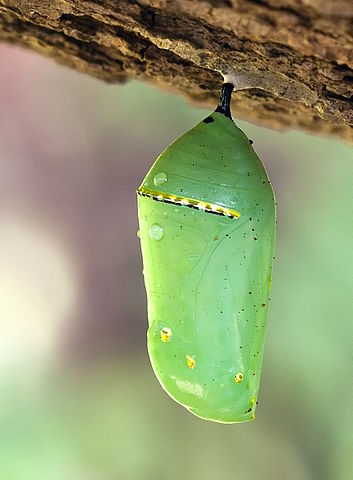Your beautiful garden is a symbol of your hard work and dedication. It takes months to get a garden to reach its full potential. Pests can ruin all of that in a matter of weeks, sometimes even days. They can cause serious damage to your lawn and ruin your flowerbeds as well as stopping the early buds from growing. Luckily there are a few ways that you can prevent pests from ruining your garden. One of the main options requires homeowners to be proactive in the sense that they need to take the first step towards lawn care.
Hiring a professional pest control service is without a doubt the best option though. It promises a time-saving solution that is cost-effective too. However, homeowners need to know about the problem they have so they can pass on that information to the specialists when the time comes.
Below we have compiled a few ways to detect pests in your garden.
Safety First
It is important that before you check the flower bed, you are wearing safety gloves. Some pests are poisonous to touch which can cause an allergic reaction. You should also set aside some time to thoroughly go through the flower beds, the soil and the vulnerable parts of your lawn. It can take up to 40 minutes to complete a full inspection; more so if you have a bigger lawn. These inspections should not be left for more than a week.
A Close Inspection
If you are struggling to see the pests in your garden, it may be worth using a magnifying glass. Pests like mites and aphids are much easier to spot with this equipment as they are small in size and can often go unnoticed. You can collect pests on double sided tape or yellow sticky pad sheets. As you move along the flower bed, try to inspect every plant and shrub carefully. It may be worth using the sticky sheets to collect a few pests to show the specialists when they arrive.
Look for clues in the garden
Part of the inspection process will require you to pop your detective cap on and look for clues rather than pests. Insects and pests always leave behind a trail of evidence. This comes in handy when you are trying to identify the type of pest infestation. Look for signs such as eaten leaves, petals or stems. Infestations usually attack a whole plant before they move onto a new plant or shrub.
Other signs to look out for include droppings, slime and cocoons on the flowers or leaves.
The foliage transparency sometimes serves as a sign of pest infestation too. Do not overlook any unnatural folding of leaves. In addition, some pests are nocturnal; because of this, try to inspect your garden at night as well. Once you have collected some specimens for the pest control service, you can even search the internet for your own information to identify the pest yourself. The sooner you begin searching for pests in your garden, the easier it will be to get rid of them.
It always helps to perform visual inspections of your lawn from time to time. Doing so can reveal any type of infestation and enables you to take action promptly.
If you believe that you have an infestation in your garden, please get in touch with us today. We operate in the London area and specialise in a number of safe pest control measures.






